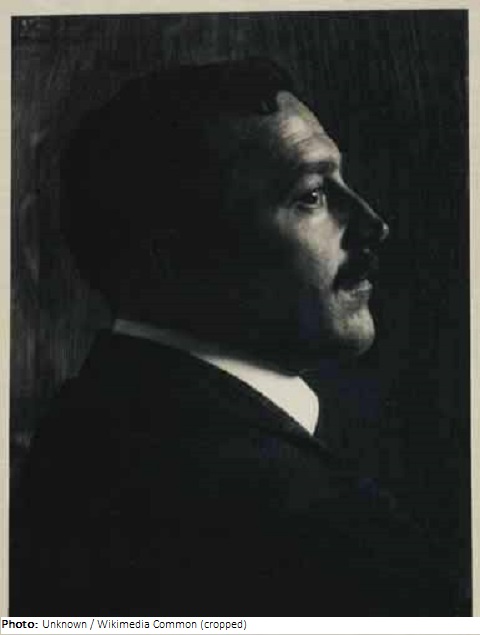Julius Diez

Biographical information
| Roles | Referee |
|---|---|
| Sex | Male |
| Full name | Julius•Diez |
| Used name | Julius•Diez |
| Born | 8 September 1870 in Nürnberg, Bayern (GER) |
| Died | 13 March 1957 (aged 86 years 6 months 5 days) in München (Munich), Bayern (GER) |
| NOC |  Germany Germany |
Biography
Julius Diez was born in Nürnberg but lived and worked in München. He was a student at the School of Arts and Crafts, then a student at the Academy of Arts (1888 to 1892), both in München. He later taught at both institutes himself as a professor, from 1908 at the School of Arts and Crafts and from 1925 at the Academy, becoming the second president of the latter. He was a member of the Deutscher Künstlerbund (Association of German Artists) and president of the München Secession.
Diez initially devoted himself mainly to illustrative work and early developed a peculiar style of drawing, its distinctive feature resulting from a mixture of archaic, modern, and grotesque elements. Since the founding of the München weekly Jugend in 1896, Diez was one of the preferred contributors to the illustrative section of this magazine. He tried his hand at a wide variety of graphic arts (book decorations, bookplates, posters, invitation cards, etc.). Along the way, he created a series of easel paintings in pastel and some oil panel paintings of fantastic peculiarities, such as the Panic, the Plague, Idolatry, The Bawd, Fortuna, etc.
But it was through his decorative monumental paintings that Diez achieved more significant artistic renown. Among his works in the decorative field are murals and mosaics, e.g. in the University and the German Museum in München, further in the Kursaal in Wiesbaden, and in the City Halls in Hannover and Leipzig.
In the field of ceramics, Diez continued the tradition of genuine pottery, with his designs for majolica, plates, and jugs for the companies Villeroy & Boch and J. A. Pecht in Konstanz. He also successfully worked as an illustrator of fairy tale books. In 1910, he designed an extensive series of vignettes for a type foundry in Frankfurt am Main, based on the tradition of German woodcuts. His manifold oeuvre was completed by his figurines for the München Court Theater and his scenery designs for the München Artists’ Theater. His late works include two large frieze-like murals, each eight meters wide, for the conference room of the Bahlsen cookie factory in Hanover.
From 1901 Diez frequently participated in the München Glass Palace and München Secession exhibitions, and in 1904-07 in the Great Berlin Art Exhibition. In 1939 and 1941 he participated in the Great German Art Exhibition with two oil paintings. From there, Hitler purchased his Genoveva for 3500 RM.
Diez was awarded the Bavarian Order of Maximilian for Science and Art in 1927 and the Great Cross of Merit of the Federal Republic of Germany in 1953.
Referee
| Games | Sport (Discipline) / Event | NOC / Team | Phase | Unit | Role | As | |
|---|---|---|---|---|---|---|---|
| 1936 Summer Olympics | Art Competitions |  GER GER |
Julius Diez | ||||
| Painting, Applied Arts, Open (Olympic) | Final Standings | Judge | |||||
| Painting, Paintings, Open (Olympic) | Final Standings | Judge | |||||
| Painting, Graphic Arts, Open (Olympic) | Final Standings | Judge | |||||
| Painting, Drawings And Water Colors, Open (Olympic) | Final Standings | Judge |